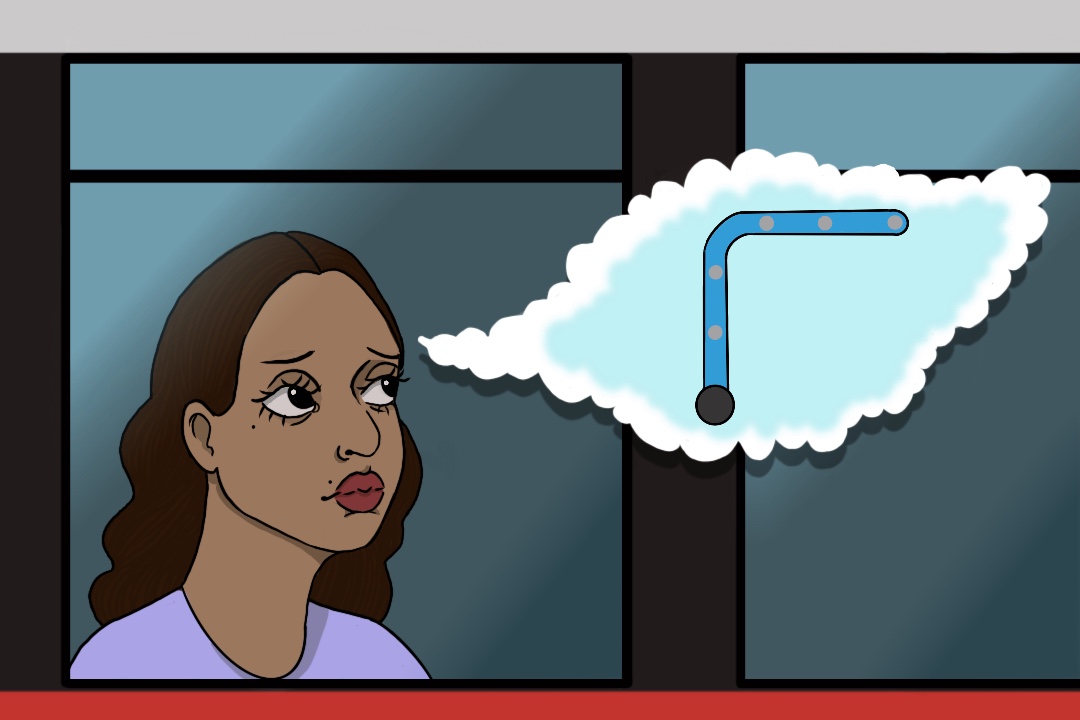After 38 years of serving Scarborough commuters, on August 24, the TTC made the decision to permanently shut down the six-stop Scarborough Rapid Transit (SRT) system, also known as Line 3, following a train derailment the previous month. This announcement comes months ahead of the November date when the TTC had originally announced the line would cease operations.
On September 3, the TTC began running a bus replacement service to the affected stations in place of the SRT.
Line 3’s shutdown comes amid other service cuts for Scarborough commuters. Community members at UTSC have repeatedly protested over the last few years, arguing that these transit cuts pose issues for community members who rely on public transit.
History of Line 3
In 1977, the TTC approved the SRT to accommodate Scarborough’s growing population. Initially, the SRT planned to use light rail cars along its route, but the TTC switched to a plan involving an Intermediate Capacity Transit System partially through construction. This new system was the first computer-controlled automatic train operation in North America.
The SRT was designed to run for 25 years, meaning the line has been kept in operation for 13 years past its intended lifespan.
In a 2006 report, city staff warned Toronto’s council that they would need to replace the SRT vehicles due to expected “progressively-deteriorating service reliability over the coming years.” However, a year after the report’s release, the city council cancelled its plan to replace Line 3’s aging vehicles. Instead, it approved Toronto’s ‘Transit City’ initiative, a large infrastructure program that planned to convert the SRT into a seven-stop light rail transit (LRT) system.
In 2010, former Toronto mayor Rob Ford scrapped the Transit City initiative and proposed a plan to replace the SRT with a three-station extension of the Bloor-Danforth line. The city approved this plan, which was estimated to cost $3.65 billion.
In 2014, city councillors continued to advocate for the LRT, claiming that it could be built faster and at a cheaper rate than a subway extension. While the original plan for the subway extension was to add an additional three stops, the City scaled the construction plan back to include one stop, and construction costs continued to grow.
In 2019, Ontario Premier Doug Ford’s provincial budget committed over $11 billion in funding to Toronto transit projects, including the Scarborough subway. Doug Ford later switched the subway construction plan back to include three stops and pushed its opening from 2026 to 2030.
In 2021, the TTC board voted to replace the SRT with express buses due to difficulty maintaining the trains and other parts of the system. The Toronto Transit Commission confirmed in June that it would decommission the line on November 19.
Earlier this summer, on July 24, Line 3 experienced a train derailment that sent five people to the hospital. On August 24, the TTC announced that it would not reopen Line 3. The TTC has commissioned a comprehensive review of the derailment, although as of September 10, the review has not yet come out.
Prior to the announcement of Line 3’s shutdown, on August 22, the City and TTC contractors began installing temporary signage to create bus-only lanes within the Line 3 area. The TTC has installed bus lane signage on Kennedy Road and Midland Avenue, and plans to create dedicated bus lanes this fall. It will also adjust curbs and pavement markings.
Public reaction
The news of the SRT shutdown has sparked public debate regarding the treatment of residents who rely on public transit.
In February 2022, students held a protest at Scarborough Centre Station to protest the City’s original decision to shut down the SRT by 2023. Student speakers noted how the city has neglected to fund Scarborough transit development projects and highlighted overcrowding on buses during a pandemic, making it impossible to practice social distancing.
In an interview with The Varsity, Shelagh Pizey-Allen — a spokesperson for the grassroots advocacy group TTCRiders — said that the City’s decommission of Line 3 was expected, but the lack of alternative transit options in place before shutting it down was not.
“[Scarborough] residents have some of the longest commutes in Toronto, and this shutdown is coming at a time when there’s been service reductions all across the TTC network,” she noted. Within its 2023 Operating Budget, which raised transit fares, the TTC introduced service cuts across the city and particularly in low income areas. The reduction in service includes Line 2, which runs from Etobicoke to Scarborough.
“The fact that people are going to be taking shuttle buses for at least seven years, I think the blame [for it] lies with multiple levels of government,” said Pizey-Allen. “What’s important now, looking ahead, is that we get busway funded as soon as possible.”
In a statement provided to The Varsity, Khadidja Robel — vice president, external of the Scarborough Campus Student Union — wrote that the SRT shutting down early indicates bigger issues about transit in the UTSC campus area.
“The Line 3 closure is not the problem Scarborough commuters are facing. The issue relies on the non-existent infrastructures that were meant to replace the LRT upon its closure,” she wrote.
“What we would like to see from the city of Toronto, Metrolinx, and the TTC is the prioritization of Scarborough transit projects,” she continued. According to the statement, prioritizing Scarborough transit would include creating a replacement bus line by 2025, speeding up the Line 2 subway extension, and implementing a Universal Transit Pass to provide UTSC students with unlimited fare-free rides on Scarborough’s transit system.



No comments to display.